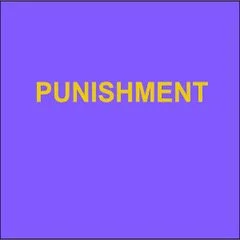By Bruce Western
A large social science research literature examines the effects of prisons on crime and socioeconomic inequality, but the penal institution itself is often a black box overlooked in the analysis of its effects. This paper examines prisons and their role in rehabilitative programs and as venues for violence, health and healthcare, and extreme isolation through solitary confinement. Research shows that incarcerated people are participating less today than in the 1980s in prison programs, and they face high risks of violence, disease, and isolation. Prison conditions suggest the mechanisms that impair adjustment to community life after release provide a more complete account of the costs of incarceration and indicate the performance of prisons as moral institutions that bear a responsibility for humane and decent treatment.
Journal of Economic Perspectives—Volume 35, Number 4—Fall 2021—Pages 1–27



